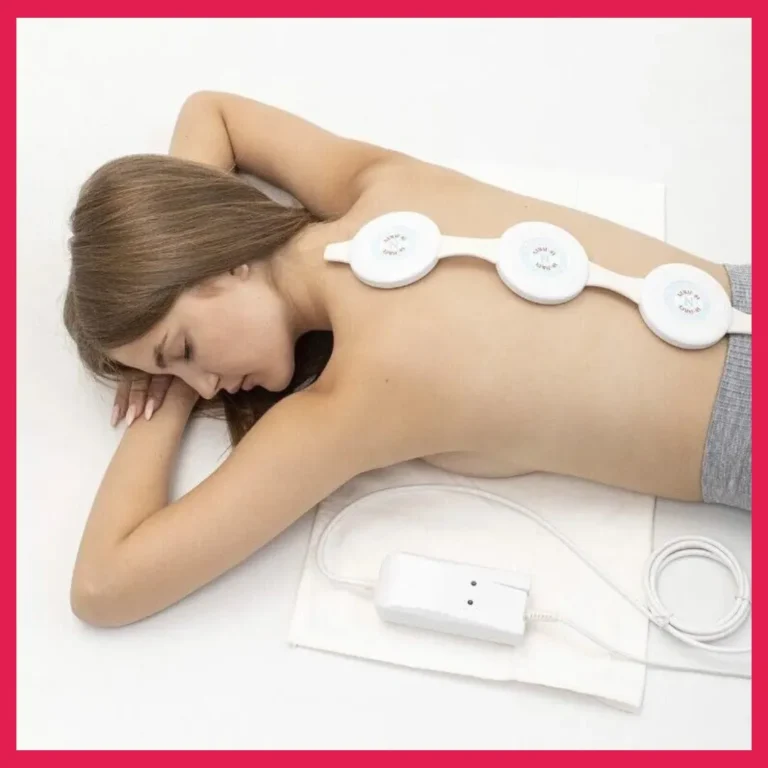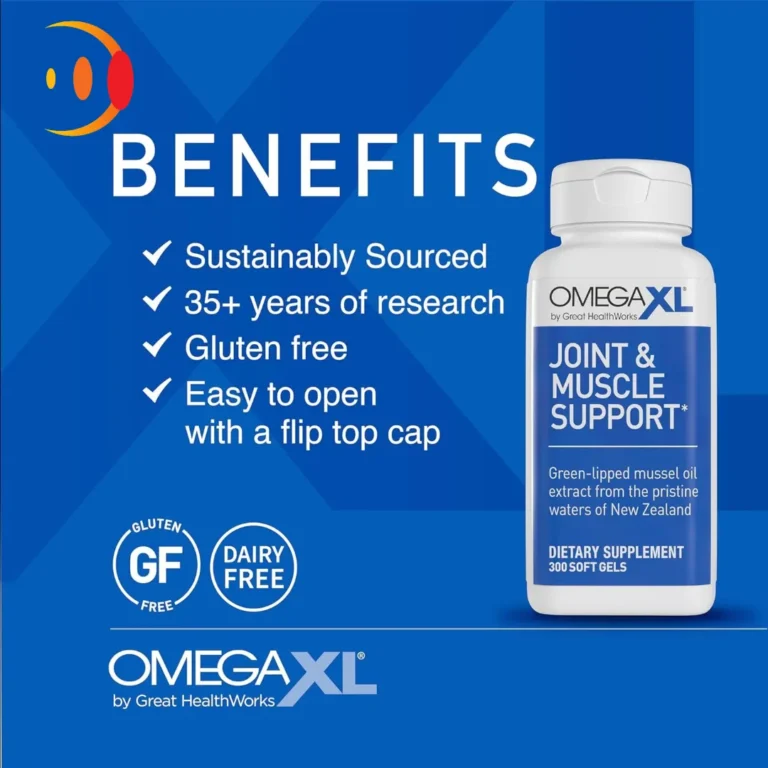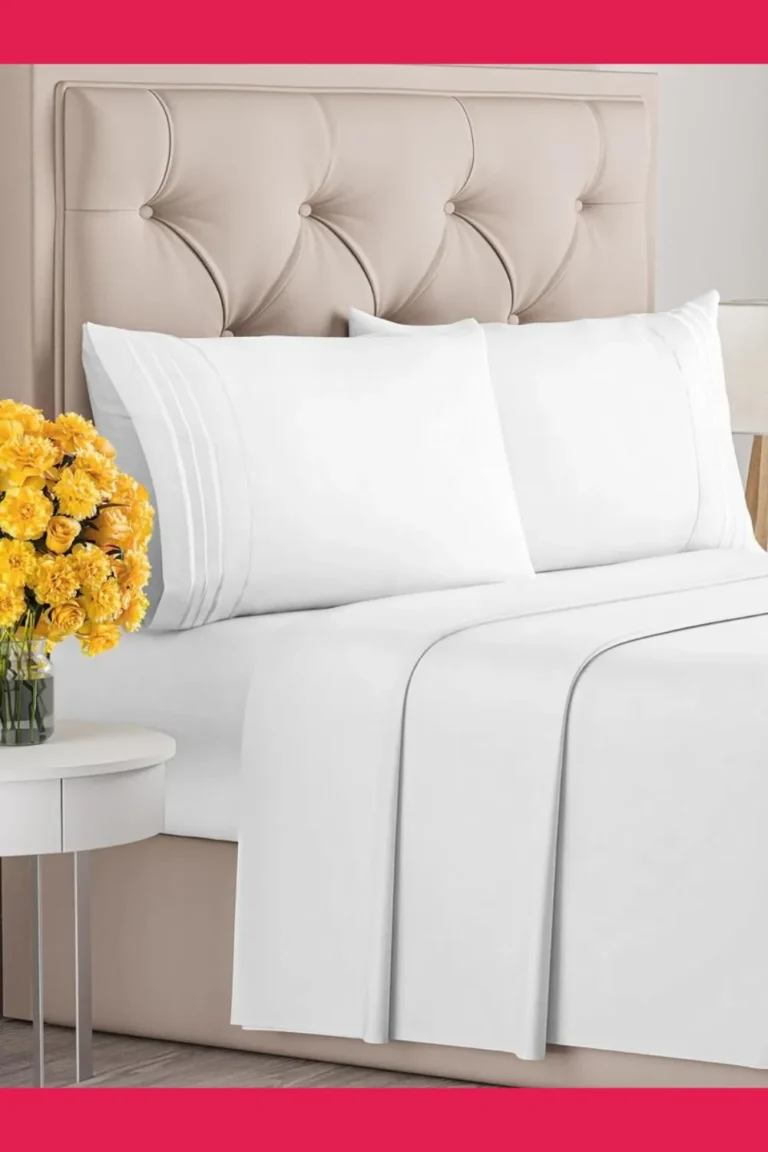Portable Oxygen Concentrator
Imagine a world where the air you breathe could be as pure and revitalizing as the winds atop the highest mountain peaks, no matter where you are or what you’re doing.
That dream is now a palpable reality with the advent of portable oxygen concentrators.
These marvels of modern technology offer not just a breath of fresh air but a renewed zest for life to those who need it most.
Compact, efficient, and incredibly user-friendly, these devices are revolutionizing what it means to live fully and breathe deeply.
Gone are the days when being dependent on oxygen therapy meant being tethered to bulky tanks or confined within four walls.
The portable oxygen concentrator has emerged as a beacon of freedom for individuals with respiratory conditions, empowering them to explore, travel, and engage in daily activities without constraint.
Let’s dive into how these incredible machines work and uncover the myriad ways they can enhance your lifestyle beyond measure.
Get ready to inhale excitement and exhale limitation!
One significant development in this field is the portable oxygen concentrator, a compact device that has revolutionized the way oxygen therapy is administered.
This innovative device has allowed individuals with chronic respiratory conditions to have more freedom and independence in their daily lives, without being confined to a stationary oxygen tank.
With its lightweight and discreet design, the portable oxygen concentrator has become a popular choice for those in need of continuous oxygen therapy.
In this article, we will explore the features and benefits of the portable oxygen concentrator, as well as its impact on the lives of those who use it.
From its inception to its current state, we will delve into the history, technology, and various models of this life-changing device.
Furthermore, we will discuss its availability, affordability, and how it has become a game-changer in the world of respiratory care.
Join us as we take an in-depth look at the portable oxygen concentrator and its impact on the healthcare industry.
Lightweight and compact for travel
The convenience of a portable oxygen concentrator lies not only in its ability to provide oxygen therapy on the go, but also in its lightweight and compact design.
Ideal for travelers who require constant oxygen support, these devices are thoughtfully engineered to be easily transported.
Their compact size ensures that they can fit snugly into a carry-on bag or backpack, allowing individuals to maintain their daily routine and travel with ease.
Despite their smaller form factor, portable oxygen concentrators do not compromise on performance or functionality, making them a reliable and practical solution for those who lead active lifestyles or frequently embark on journeys.
Continuous flow or pulse settings
One of the key features to consider when selecting a portable oxygen concentrator is its ability to provide continuous flow or pulse settings.
Continuous flow settings deliver a steady stream of oxygen at a predetermined rate, ensuring a constant supply of oxygen to the user throughout their respiratory cycle.
This setting is recommended for individuals who require a consistent and higher level of oxygen support.
On the other hand, pulse settings deliver oxygen in short bursts, synchronized with the user’s inhalation.
This setting is often preferred by individuals with more moderate oxygen needs, as it conserves oxygen and extends the battery life of the device.
The availability of both continuous flow and pulse settings allows users to customize their oxygen therapy based on their specific requirements and ensures a comfortable and personalized experience.
Long battery life for convenience
One of the key factors that contribute to the convenience of a portable oxygen concentrator is its long battery life.
Having a device that can operate for extended periods without needing frequent recharging or battery replacement offers freedom and flexibility for users on the go.
A long-lasting battery ensures that individuals can confidently engage in daily activities, travel, and socialize without the constant worry of running out of power.
This convenience allows users to maintain their oxygen therapy regimen without interruption, providing peace of mind and an enhanced quality of life.
Whether attending important events or simply enjoying outdoor activities, a portable oxygen concentrator with a long battery life proves to be a reliable companion for those in need of respiratory support.
FAA-approved for air travel
When it comes to air travel, having a portable oxygen concentrator that is FAA-approved is paramount for individuals who rely on oxygen therapy.
The FAA has strict regulations and guidelines in place to ensure the safety and well-being of passengers aboard aircraft.
By using an FAA-approved portable oxygen concentrator, individuals can enjoy the freedom of air travel without the need for cumbersome oxygen tanks or worrying about restrictions.
These devices are designed to meet the stringent safety standards set by the FAA, allowing individuals to travel with peace of mind, knowing that their oxygen needs will be met throughout their journey.
The approval from the FAA ensures that the portable oxygen concentrator meets all necessary requirements for use on commercial flights, making it an essential tool for those who require oxygen therapy while traveling.
User-friendly and easy to operate
The ease of use and user-friendly design of modern portable oxygen concentrators make them an ideal choice for individuals seeking a convenient and efficient oxygen therapy solution.
These devices are thoughtfully designed with intuitive controls and clear display screens, allowing users to easily navigate and adjust settings to meet their specific oxygen needs.
With simplified operation and straightforward instructions, individuals can quickly become familiar with the functionality of the portable oxygen concentrator, ensuring a hassle-free experience.
Additionally, the compact and lightweight nature of these devices further enhances their user-friendliness, enabling individuals to carry and transport them effortlessly, whether at home or on the go.
The emphasis on user-friendly and easy operation ensures that individuals can confidently manage their oxygen therapy without complications, ultimately improving their overall quality of life.
Provides oxygen therapy on-the-go
Individuals requiring oxygen therapy can now enjoy the freedom and convenience of receiving their treatment on-the-go.
With advancements in technology, portable oxygen concentrators have emerged as a solution that provides oxygen therapy anytime, anywhere.
These innovative devices are designed to be compact and lightweight, allowing individuals to maintain their active lifestyle while still receiving the necessary oxygen support.
Whether it’s traveling, engaging in social activities, or simply running errands, the portability of these oxygen concentrators ensures that individuals no longer need to be confined to their homes or limited in their daily activities.
This breakthrough in medical technology empowers individuals to lead a fulfilling and independent life, offering a sense of liberation and peace of mind knowing that their oxygen therapy is readily available, even when they’re on the move.
Ideal for patients with COPD
Individuals diagnosed with Chronic Obstructive Pulmonary Disease (COPD) can greatly benefit from the use of portable oxygen concentrators.
COPD is a progressive lung disease characterized by breathing difficulties and reduced lung function.
The compact and lightweight design of these devices makes them an ideal solution for patients with COPD who require oxygen therapy.
With a portable oxygen concentrator, patients can have access to the oxygen they need to manage their symptoms while maintaining their mobility.
Whether it’s engaging in light exercise, attending medical appointments, or enjoying social outings, patients with COPD can confidently rely on portable oxygen concentrators to provide them with the necessary support for improved quality of life.
Enhances quality of life
Using a portable oxygen concentrator can greatly enhance the quality of life for individuals with respiratory conditions.
By providing a continuous supply of oxygen, these devices enable patients to perform everyday activities with greater ease and independence.
Whether it’s going for a walk in the park, visiting friends and family, or participating in hobbies, portable oxygen concentrators offer the freedom to engage in a wide range of activities without the limitations imposed by traditional oxygen therapy methods.
This improved mobility and flexibility not only improves physical well-being, but also promotes a sense of empowerment and emotional well-being, ultimately enhancing overall quality of life for those who rely on these devices.
In conclusion, portable oxygen concentrators have revolutionized the way individuals with respiratory conditions manage their health.
With advancements in technology, these devices have become more compact, lightweight, and efficient, allowing users to maintain their active lifestyles without the restrictions of traditional oxygen tanks.
While the initial cost may be higher, the long-term benefits and convenience make it a worthwhile investment for those in need of supplemental oxygen.
As always, it is important to consult with a medical professional before making any decision regarding your health and medical equipment.
With these portable oxygen concentrators, individuals can breathe easier and live their lives to the fullest.
FAQ
What are the benefits of using a portable oxygen concentrator compared to traditional oxygen tanks?
Portable oxygen concentrators offer greater mobility, as they are lightweight and can be easily carried around, while traditional oxygen tanks are bulkier and heavier.
They also provide continuous oxygen flow without the need for refills, unlike tanks which require regular refilling or replacement.
Additionally, concentrators are quieter, more cost-effective in the long run, and do not pose the risk of running out of oxygen unexpectedly.
Overall, portable oxygen concentrators offer convenience, independence, and peace of mind to individuals requiring oxygen therapy.
How long does the battery of a portable oxygen concentrator typically last before needing to be recharged?
The battery of a portable oxygen concentrator typically lasts between 2 to 8 hours before needing to be recharged, depending on the specific model and settings used.
Some concentrators offer extended battery options for longer usage.
Can a portable oxygen concentrator be used on airplanes or other forms of transportation?
Yes, portable oxygen concentrators can typically be used on airplanes and other forms of transportation, but it is important to check with the specific airline or transportation company beforehand to ensure compliance with their regulations and to make any necessary arrangements for the oxygen concentrator to be used during the journey.
What factors should be considered when choosing a portable oxygen concentrator for personal use?
When choosing a portable oxygen concentrator for personal use, factors to consider include the oxygen flow rate, battery life, size and weight of the device, noise level, ease of use, portability features, FAA approval for air travel, warranty and customer support, as well as any specific medical requirements recommended by a healthcare provider.
It is important to select a concentrator that meets your oxygen therapy needs while fitting into your daily routine and lifestyle.
Researching different models, comparing features, and consulting with a healthcare professional can help in making an informed decision.
Are there any potential risks or side effects associated with using a portable oxygen concentrator?
While portable oxygen concentrators are generally safe and effective for most users, there are some potential risks and side effects to be aware of.
These can include dry or bloody nose, skin irritation from wearing the nasal cannula, headaches, dizziness, and in rare cases, oxygen toxicity.
It’s important to follow the manufacturer’s instructions, adjust oxygen flow as prescribed, and consult with a healthcare provider if experiencing any adverse effects.
Regular maintenance and cleaning of the device can also help minimize risks.







